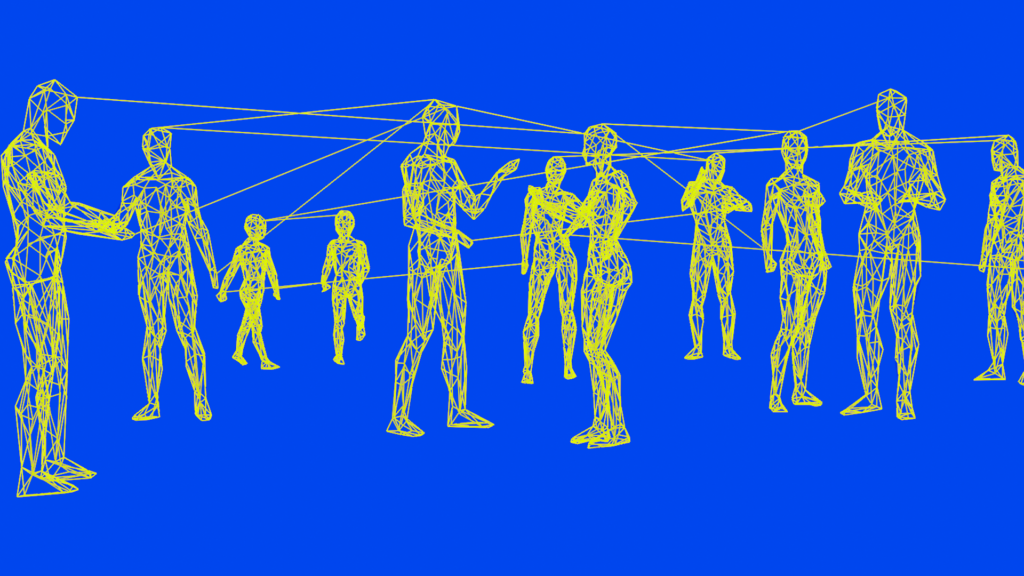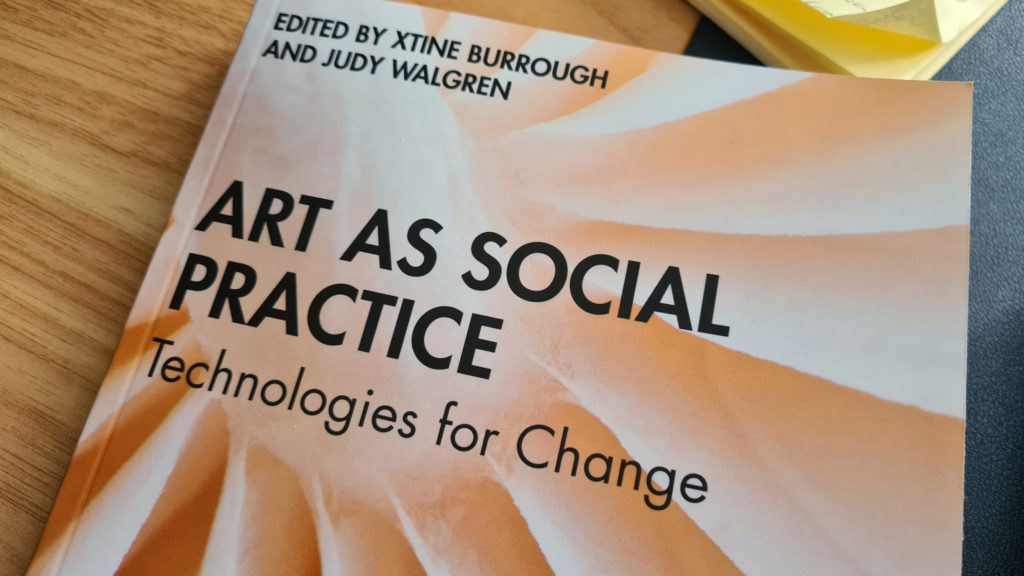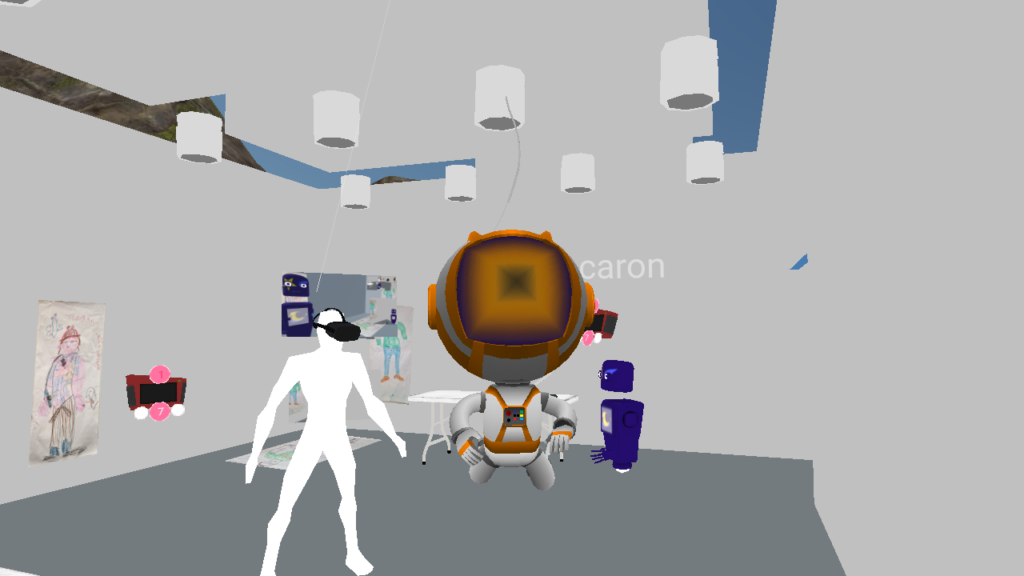
Co-construction: Changing the Meaning of Immersive Co-creation
When a single change of terminology has a big impact on practice!
In the recent months, I have been absorbed in the exploration of participant led co-creation in immersive spaces. Through research and skill building supported by Arts Council England’s DYCP fund and artist residency at LEVEL Centre, Matlock, I wanted to discover not only if co-creation was possible in immersive spaces, recognising the disparity between knowledge and skills of professional and participant, but the means to reduce that gap through better understanding methods and tools required to make immersive spaces.
One of the things that I wrestled with the most, even at the application stage of the DYCP, was what I was I trying to describe was happening? Are participants co-creating, co-producing, co-curating…? None of the terms felt like they made sense in what I was trying to convey. Taking part in Engage’s Sharing Space events on co-creation in the visual arts, helped me to come to terms with the notion that co-creation as a practice has many forms, but also that it is perfectly acceptable for me to have input to an aspect of the co-creation process, as I am as much a part of it as the participants who may have little to no digital skills. At the ‘Democracy and Collaboration: Is Everyone an artist?’ event, I was comforted by Francois Matarasso’s presentation, where he describes the process as participatory art, rather than co-creation as he puts it “Participatory art is the creation of art by professional and non-professional artists”. A sigh of relief encompassed me. I could stop worrying about my influence on a co-created project or process, as my role is as valid as that of the participants. As Matarasso put it: “Both [professional and non-professional] are involved in the same creative act of making a work of art, but they are bringing different resources.”

However, I still had sense that my practice of co-creating immersive spaces was still lacking the definition I was looking for. And then I saw it! The recent publication ‘Art as Social practice: Technologies for Change.’ finally bridged the much needed gap between traditional socially engaged practice and the use of technology in this practice over the past 10 or so years, helping to understand technology’s place in socially engaged art. Contained within the book is chapter on ‘Impossible Spaces and Other Embodiments: Co-constructing Virtual realities’ by Dalida Maria Benfield, Christopher Bratton, Evelyn Eastmoundm M Eifler, and Garbriel Pereira. There is was. The term that never quite made it to the tip of my tongue or entered by thinking, but makes absolute and perfect sense: “co-constructing”. No matter what is made, or where in the process of creating an immersive space my or a participants involvement is, we are all co-constructing it together. Even if a participant is simple making an object using non-digital means to be discovered in the digital space. Although this term feels more at home in architectural practice, it aptly describes what is happening, that of constructing (something) jointly.
The article by Benfield et al, describes the co-created project between artists and The Centre for Arts, Design and Social Research (CAD+SR) in an immersive space described as “The Kitchen”. With the project taken place during the Covid-19 pandemic, and involving participants from all over the globe, it presented as space as something we all have “while different in architecture and location, served to connect and sustain all.” A description fitting to socially engaged practice, where food and human connection is a focus for many artists.

The rest of the article describes a co-construction process in Mozilla Hubs similar to my own recent research. Those taking part would bring their own digital objects and images, and working with others would construct the digital “kitchen”. This process “created important forms of co-presence that nurtured collaboration and co-learning” and even champions the creative benefits of the “unlimited undo”, a practice of construction and tearing apart. It even highlights the digital space as a media artifact that reflects the events that have taken place, suspended in time. Something I found particularly interesting during my LEVEL residency, where the digital space became a record of the physical workshop space, while simultaneously allowing for the physical processes to exist in the digital environment.
The chapter ends on a non-digital activity prompt around making space, which presented a new moment of realisation, one that brings a hybrid physical/digital process back full circle. The idea of what does the recreation of these co-constructive digital environment techniques look like in the physical world? A notation I now hope to explore in my own practice of co-constructing immersive environments.